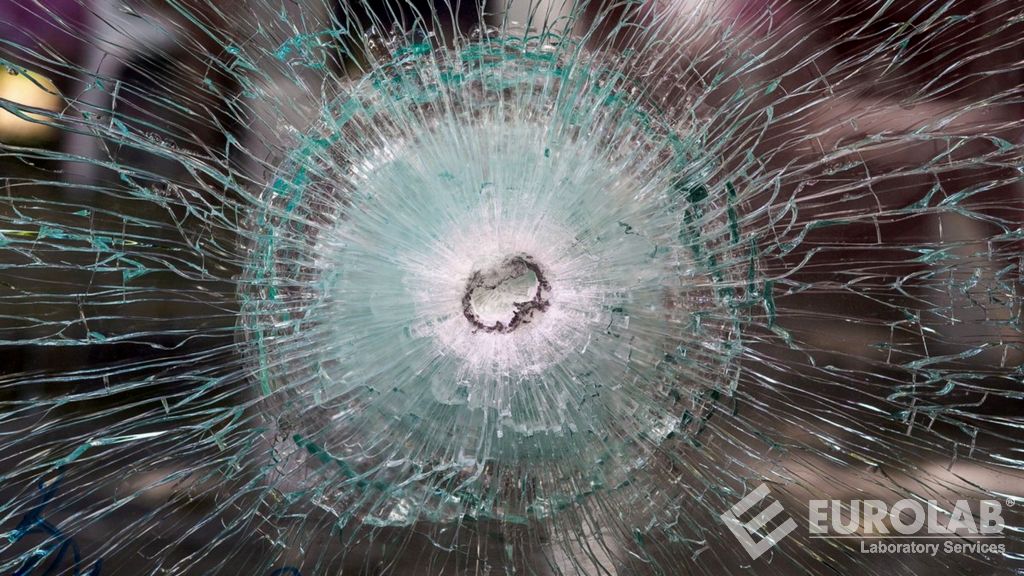CEN - EN 1063 Glass in Building - Safety Glass - Testing and Classification of Resistance to Bullet Attack
In the CEN - EN 1063 standard, which is a European standard, performance requirements for the classification of lead resistance of glass and glass / plastic composites consisting of one or more glass layers are explained and test methods are defined.

The term bulletproof glass applies to products with the obvious properties of glass, but also includes laminated products of glass and plastic and, in some cases, insulating glass units. This standard applies to:
- Assault with pistol, rifle and shotgun
- Glass used in buildings, indoor and outdoor
- Assuming proper fixation, the glass product itself
The protection afforded by bullet resistant glass depends not only on the product itself, but also on the design and fixing of the glass.
This standard contains numerous requirements that must be met in order to fully comply with the standard. These requirements are set for the following shell types:
- .22 long rifle
- 9mm Parabellum
- .357 magnum
- .44 magnum
- 5,56 x 45 NATO AP
- 7,62 x 51 NATO
- Shotgun
For the purposes of this standard,
- Bulletproof glass is safety glass that provides a certain resistance to the firing of certain weapons and ammunition.
- Witness foil is a sheet of aluminum foil placed on the back of the test piece to detect splinters ejected from the back face of the test piece by the impact of the bullet and to determine the risk of injury due to these splinters.
- The attack face is the face of bulletproof glass, marked by the manufacturer, designed to be vandal resistant.
- Perforation is the puncture of a test piece by a bullet or bullet fragments, or the creation of an opening in the back face due to the attack.
- The striking distance is the distance between the centers of two hits on a test piece.
- Projectile velocity is the velocity of the projectile measured within 2,5 meters in front of the attack face of the test piece.
- The test range is the distance between the barrel of the firearm and the attack face of the test piece.
Among the numerous test, measurement, analysis and evaluation studies it provides for businesses in various sectors, our organization also provides bullet attack resistance testing services for safety glasses used in buildings, within the scope of CEN - EN 1063 standard, with its trained and expert staff and advanced technological equipment.




